A riders’ title (just about) and certain other accolades will be up for grabs heading into Valencia, but for much of the MotoGP grid it will simply be an end-of-term occasion to draw a line under 2022.
But several of those riders will be switching teams – and many of them switching manufacturers, too – while a couple will drop off the grid entirely, with no clarity on whether they’ll ever be able to return.
Suzuki will have its farewell, too, while Yamaha will have its last race with four bikes on the grid for the foreseeable future.
But how well did the specific tenures coming to an end work out as a whole, and who will be looking back on Valencia 2022 as the final chapter in something special – or something best forgotten?
Enea Bastianini at Gresini
Replaced: N/A
Being replaced by: Alex Marquez
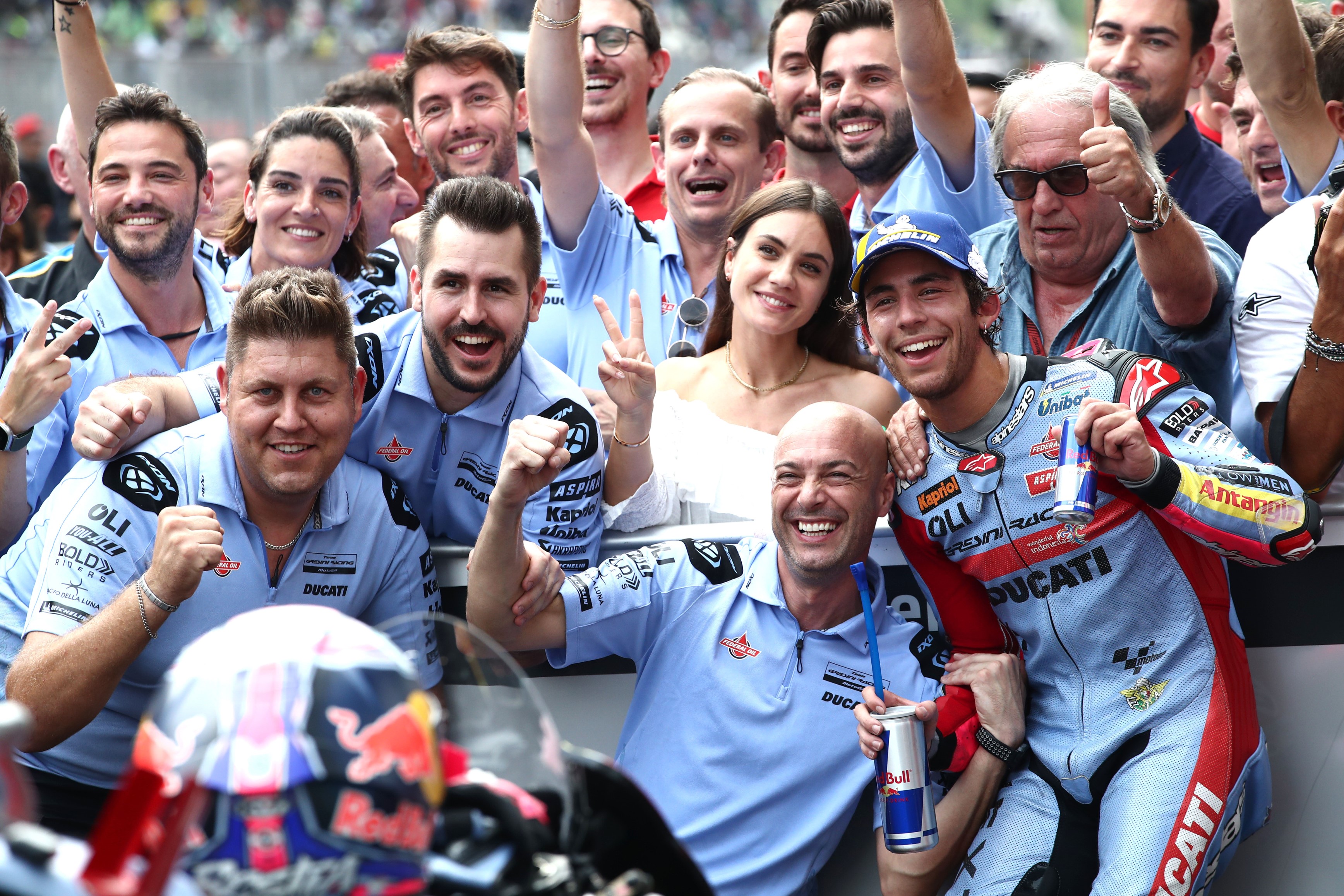
Left to forge its own MotoGP path once more after the end of its works partnership with Aprilia, Gresini spurned Aprilia’s push to make it its first MotoGP satellite team in favour of becoming one of the four outfits representing Ducati.
It was the only team of Ducati’s four not to have factory-spec machinery available, but new hire Enea Bastianini – contracted directly to Ducati and already impressive in his debut season at Gresini’s predecessor Avintia – won right away with a year-old Desmosedici, for what was Gresini’s first MotoGP win since the famous Estoril 2006 race and also its first since the passing of team founder Fausto last year.
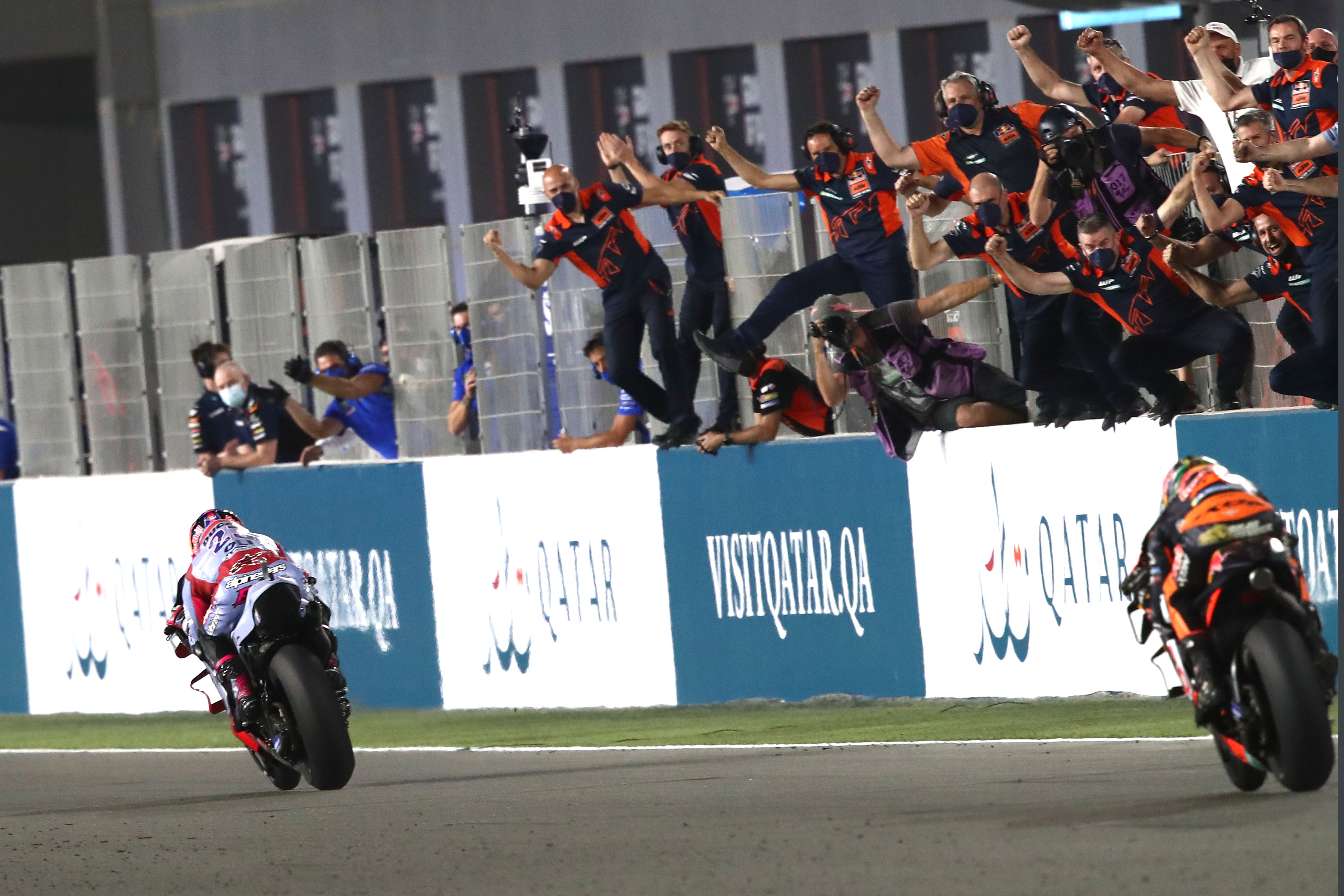
Success? You bet.
The only sour part of the Bastianini/Gresini partnership for the latter is that Ducati will be calling him up to the works outfit after just one season.
Bastianini has thrived on the Gresini team’s grape-coloured GP21, winning four grands prix to cement himself as one of the best riders in MotoGP right now as well as the current grid’s definitive late-race specialist. It is not outlandish to suggest he could’ve still been in the title fight if not for the Red Bull Ring puncture, and he could’ve been a genuine lasting title favourite with just a touch more track familiarity.
Jack Miller at Ducati
Replaced: Danilo Petrucci
Being replaced by: Enea Bastianini
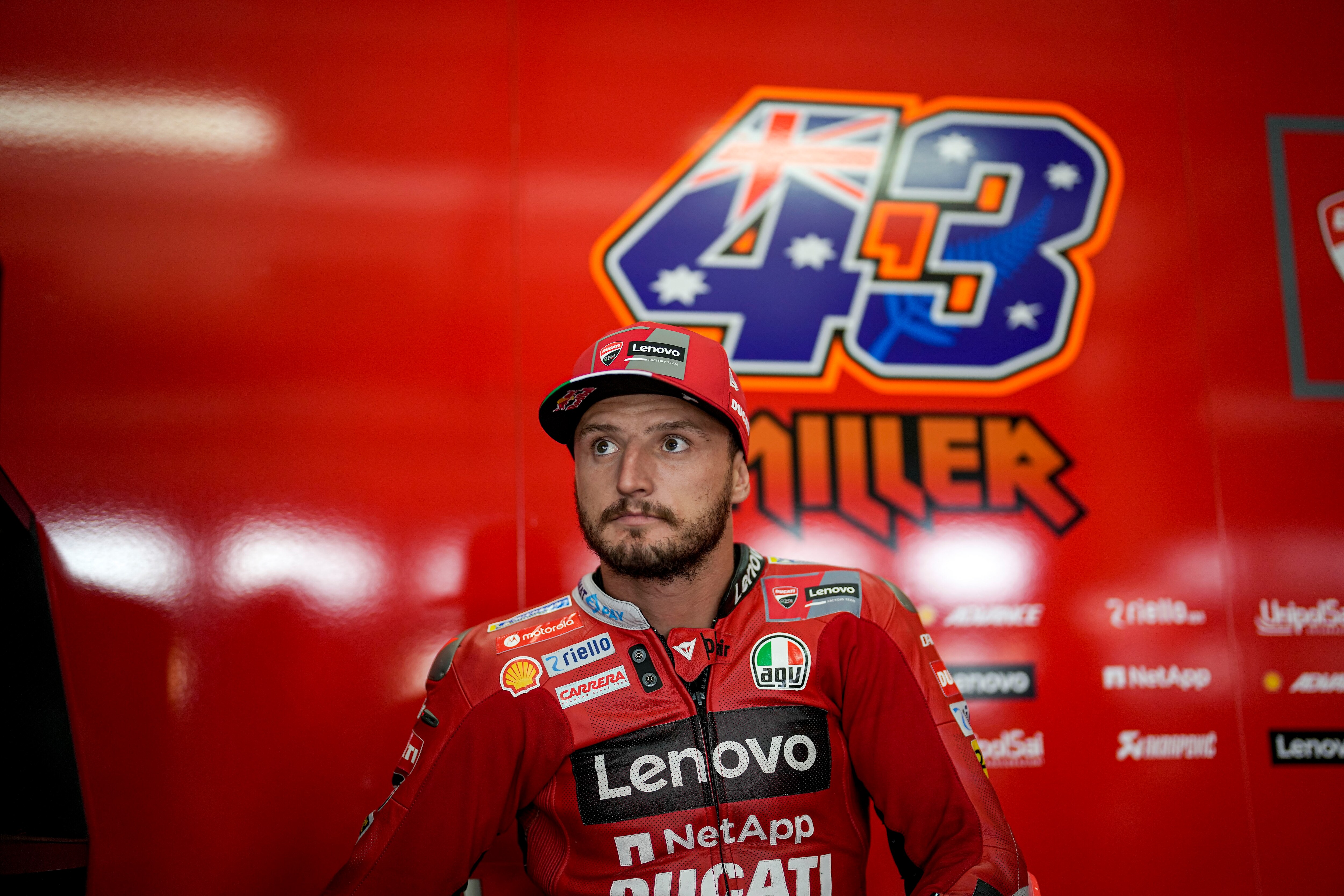
A Ducati ‘reclamation project’ after his stint as a factory-supported Honda rider withered within Marc VDS, Miller needed two full seasons at Pramac to make an unassailable case for a factory promotion to be guaranteed for the end of his third one.
Andrea Dovizioso’s departure meant he was due to be stepping into the factory team as a likely spearhead, but Pecco Bagnaia’s meteoric rise put paid to that quickly, largely relegating Miller to an effective support role in terms of Ducati’s title aspirations – if not on a weekend-by-weekend basis.
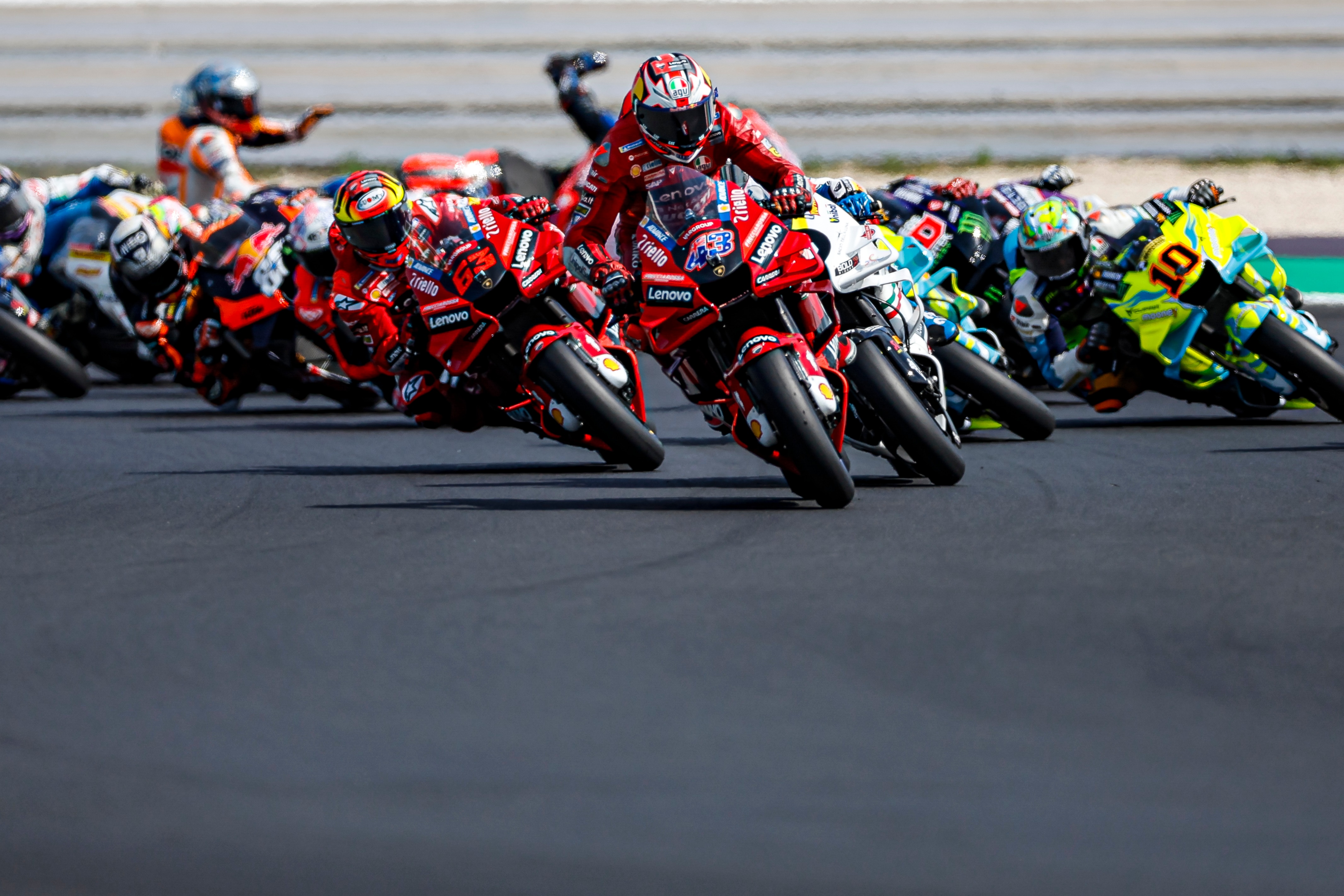
Success? Yes.
Miller seemingly found himself in the unenviable position of being third in line for his own ride early this year, with Jorge Martin and Bastianini both in frame.
But that was less an indictment of him and more a reflection of Ducati’s embarrassment of riches with riders that it presumably perceived to have a higher longer-term upside compared to the known quantity Aussie.
Miller has added three wins in factory Ducati red to his single Marc VDS triumph, and his end-of-2022 form has been strong enough to where, combined with his strong rapport with Bagnaia, you’d have been wondering whether Ducati would be feeling regret had Bastianini not maintained his own superb form.
A factory gig with long-time admirers at KTM is a nice consolation for Miller, and both he and Ducati should look back on their time together with reasonable fondness.
Miguel Oliveira at KTM
Replaced: Pol Espargaro
Being replaced by: Jack Miller
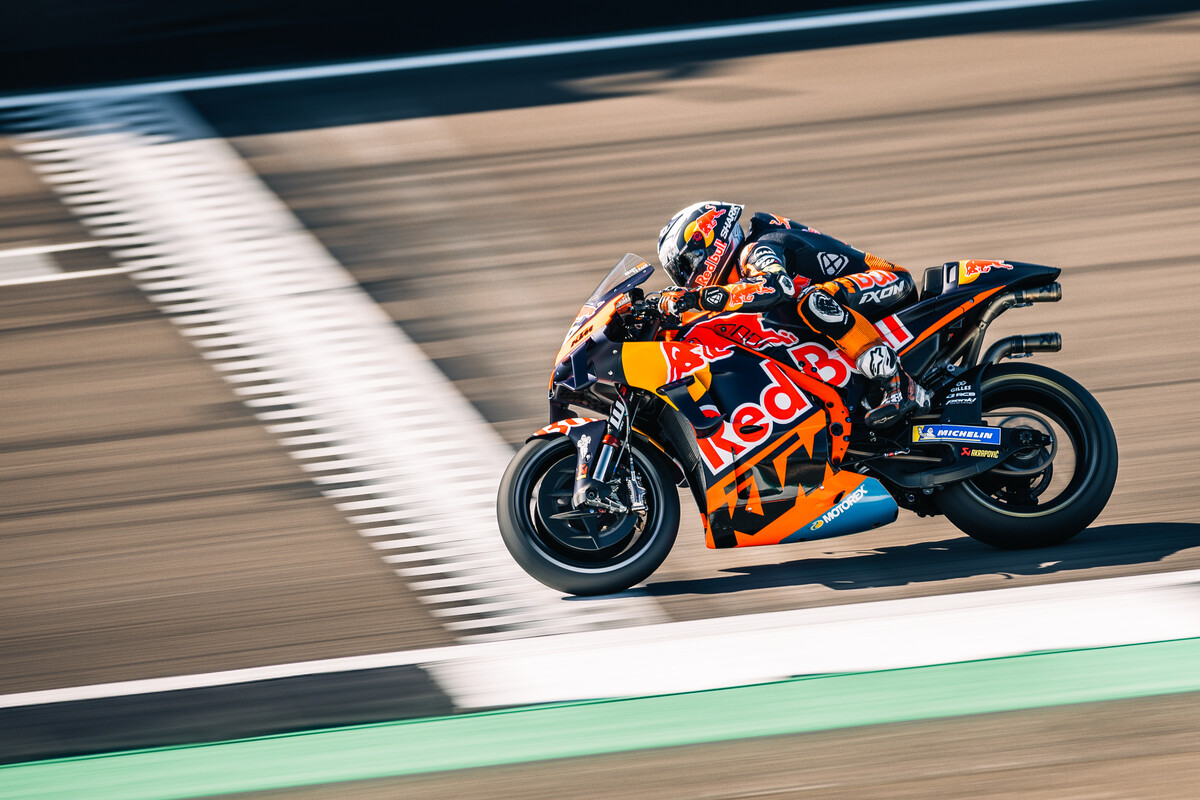
Pol Espargaro’s defection to Honda for 2021 meant KTM was spared the headache of needing to figure out how to fit him, Brad Binder and Miguel Oliveira within its programme, given it had already annoyed then Tech3-rider Oliveira by promoting Binder straight into the factory team.
Binder ultimately repaid that faith by effectively succeeding Espargaro as KTM’s number one, and Oliveira was made expendable despite his considerable contributions to the trophy cabinet. But KTM was loathe to discard him completely, offering him a three-year deal to run again for the Tech3 team (to be rebranded as Gas Gas) that was ultimately rejected.
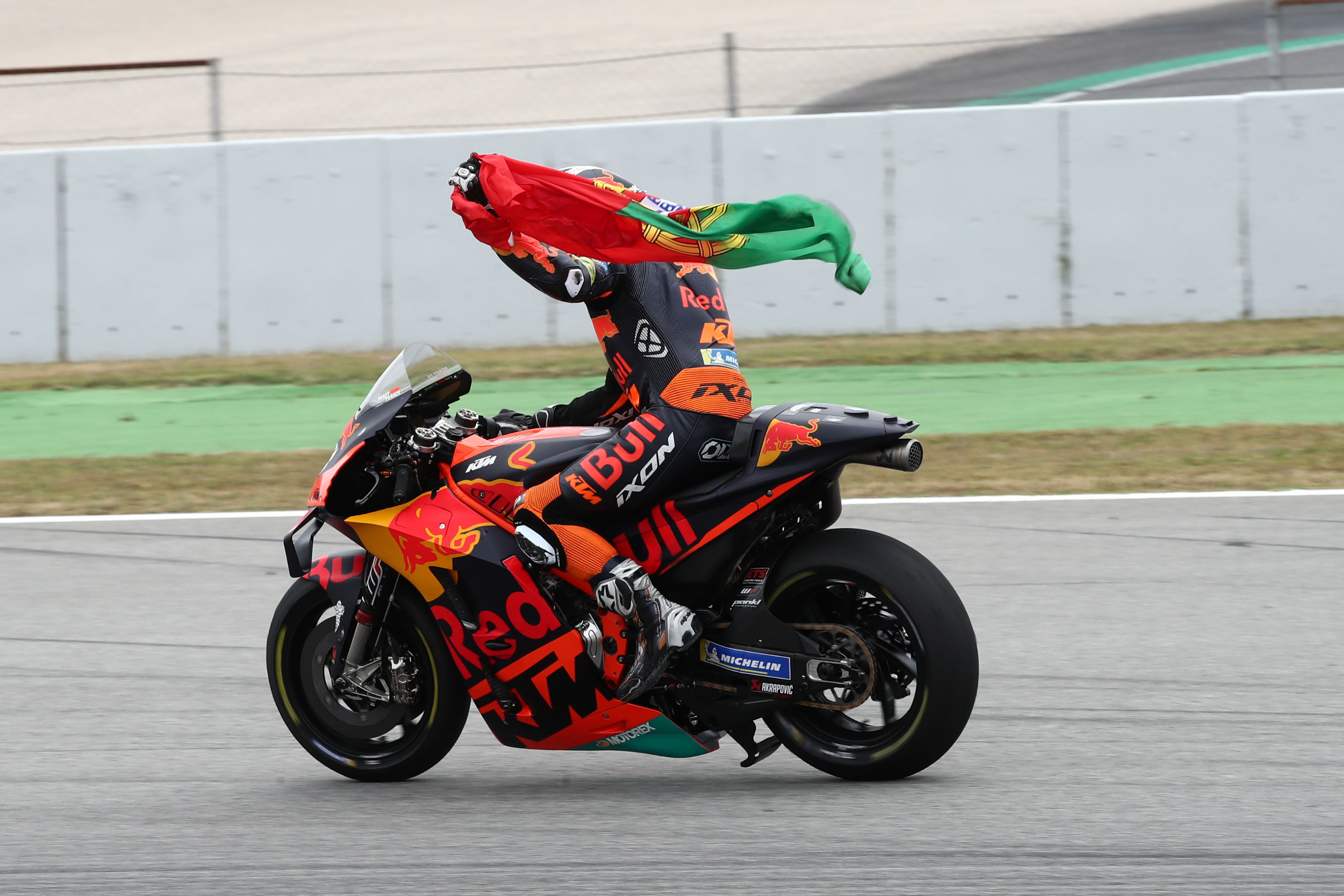
Success? Yes.
Oliveira couldn’t make himself indispensable within KTM, but proved a reliable source of occasional glory and will end his time on the KTM RC16 responsible for well over half of KTM’s race wins during his tenure.
Increasingly renowned for his prowess in the wet but also clearly no slouch in the dry, he is a real catch for Aprilia and its new satellite team RNF – but he may have been a luxury asset for KTM anyway given the riders it already had signed for 2023 by the time it offered him a Gas Gas deal.
Pol Espargaro at Honda
Replaced: Alex Marquez
Being replaced by: Joan Mir
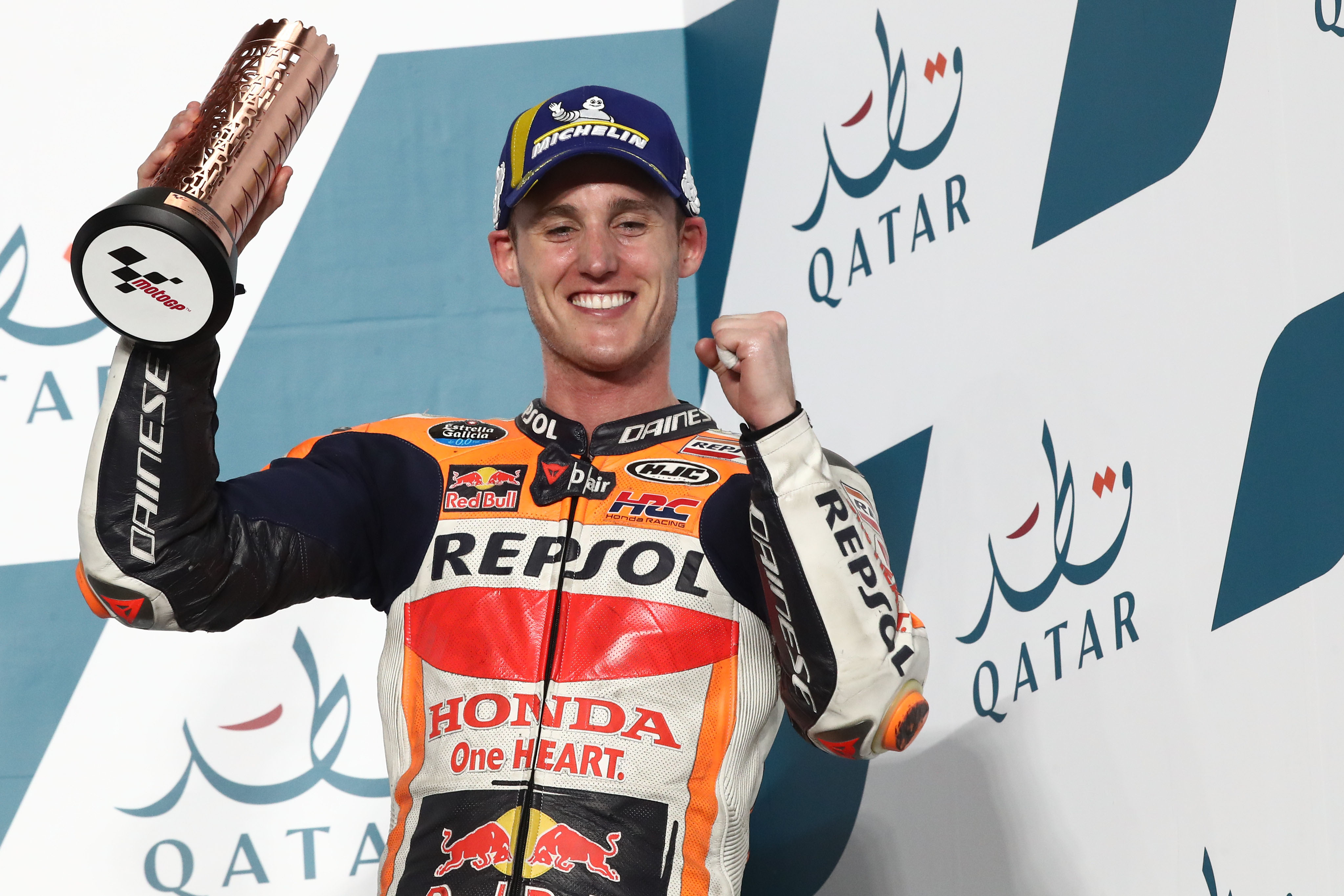
Espargaro and the 2019/20 version of RC213V that only Marc Marquez could reliably do anything with looked a match made in heaven, but his childlike wonder of being presented with a bike in legendary Repsol colours was ultimately the highpoint of the journey.
He never gelled with the 2021 RC213V, nor with the 2022 redesign that was supposed to favour him more, with only a pair of podiums to show for a stint that is now petering out in a completely anonymous – to use the kindest description available – fashion.
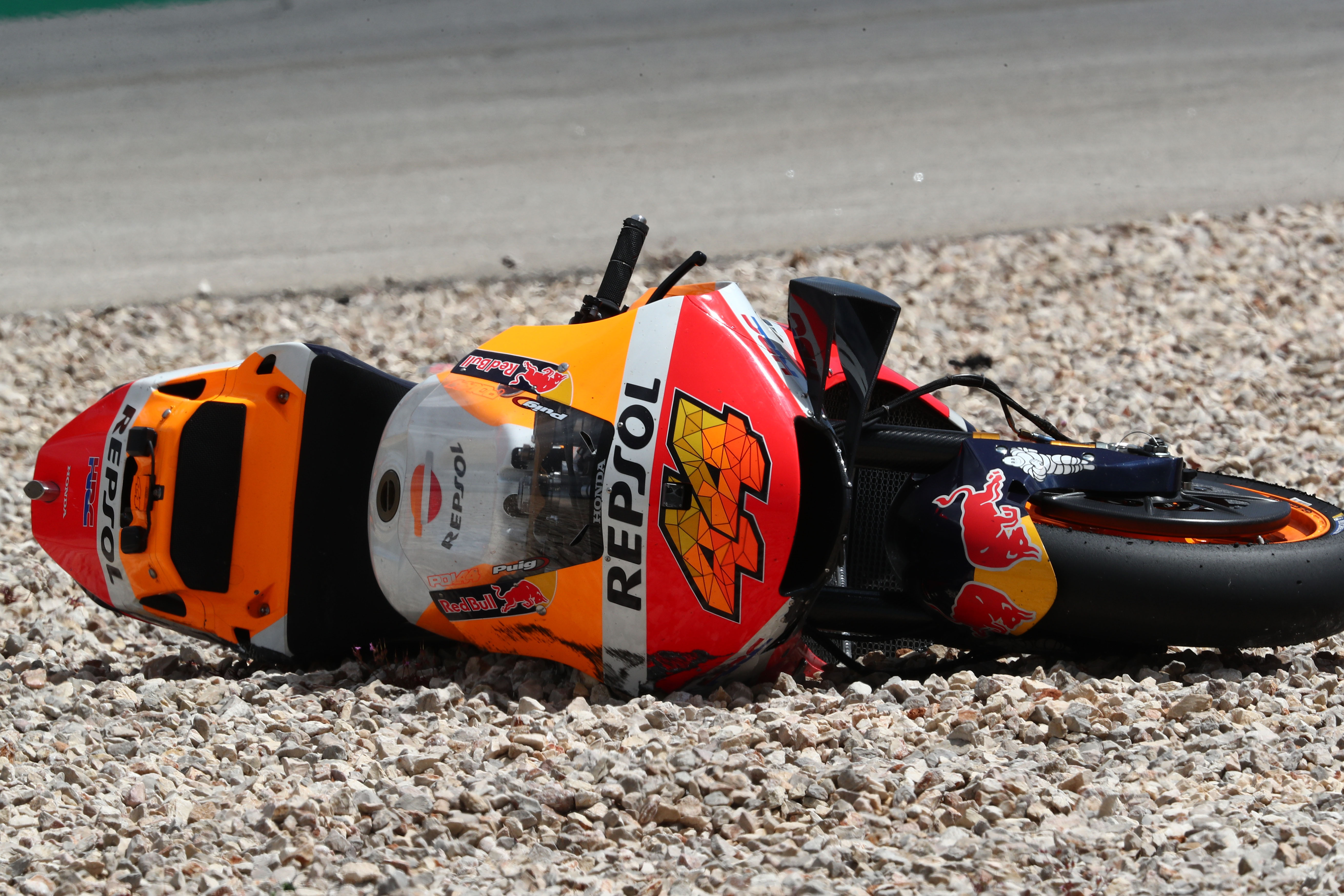
Success? No.
No real debate there. This was supposed to work out so much better – Espagaro was supposed to end his wait for a first MotoGP win (something he only came close to doing in Qatar this year), and Marquez was supposed to get the sort of high-performing team-mate he hasn’t had since before Dani Pedrosa’s decline.
Espargaro’s Gas Gas-coloured return to the KTM RC16, a bike that was good for him and that he was good for between 2017 and 2020, is best for all parties concerned.
Alex Marquez at Honda
Replaced: Jorge Lorenzo at Repsol Honda, Cal Crutchlow at LCR Honda
Being replaced by: Alex Rins
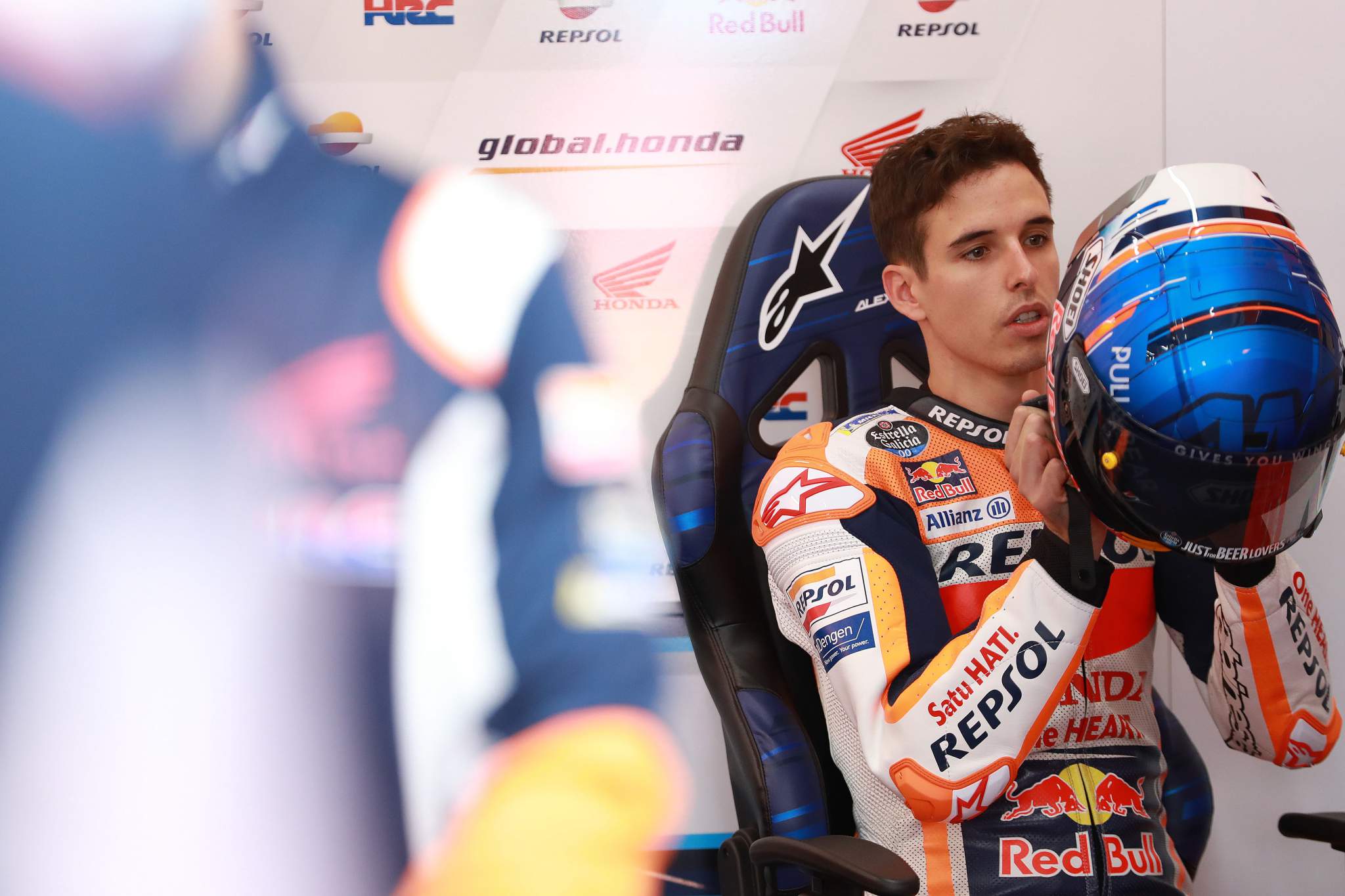
An as-late-as-they-get MotoGP call-up for 2020 – the younger Marquez held a Marc VDS deal to defend his Moto2 title when Jorge Lorenzo decided he no longer fancied being battered and bruised by the Honda – he only shared the Repsol garage with his elder brother for two Jerez weekends, which proved two of the darkest in Marc’s MotoGP career at that.
In Marc’s absence, Alex was largely a backmarker within Repsol Honda, and again once he was moved to LCR on what was a two-year deal but an apparent four-year plan, as per team owner Lucio Cechinello.
But continuing beyond 2022 looked to make little sense for either party, with the younger Marquez increasingly disillusioned with the Honda bike and able to bag a very good Gresini Ducati seat while LCR got to line up a genuinely superb replacement in Suzuki’s Alex Rins.
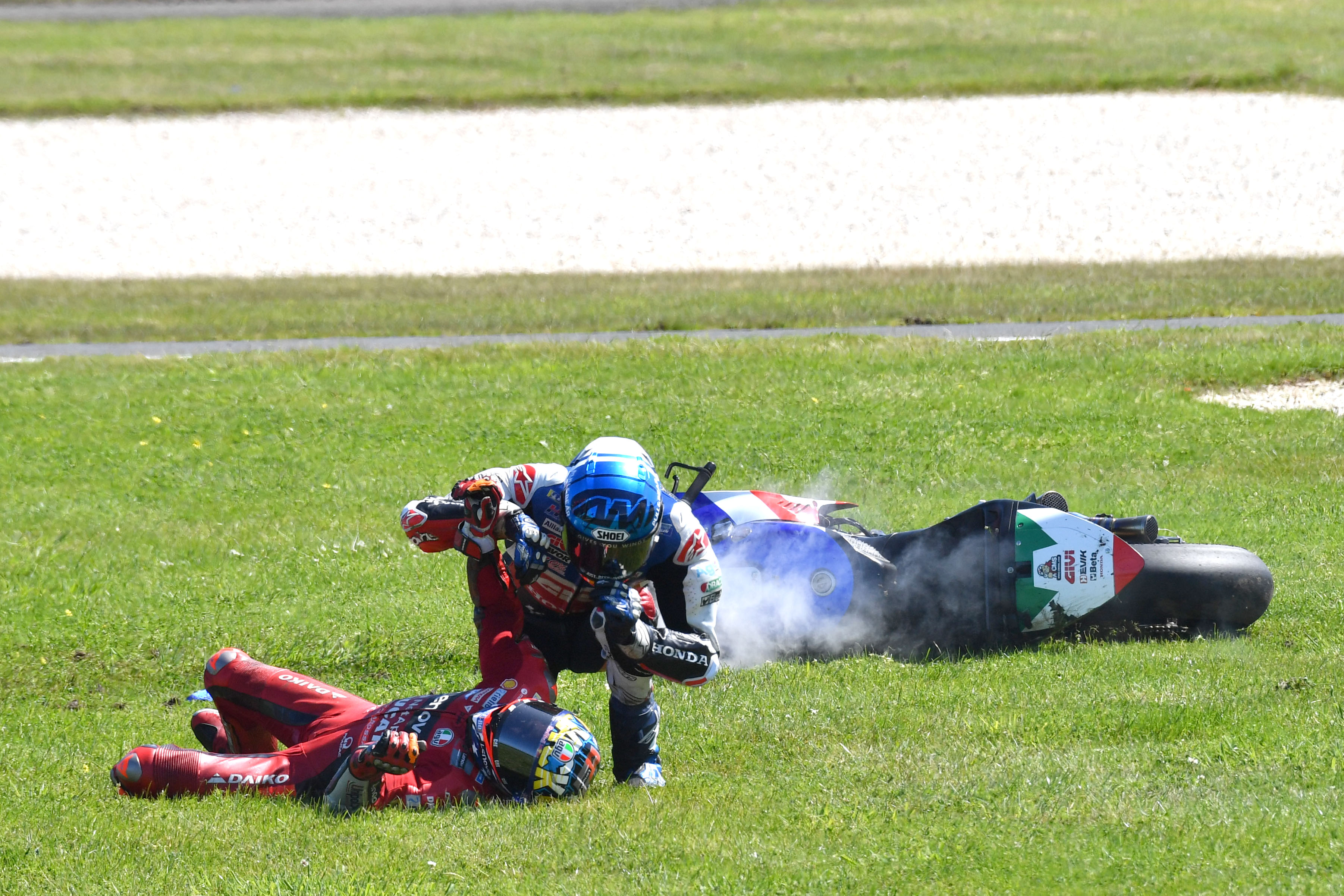
Success? No.
There have been some major exceptions to Alex Marquez’s general backmarker status as a Honda rider. He nearly won twice in 2020, for starters, and a damp track often brought out the best in him.
But for a rider who, for all the doubts about his development curve, won titles both in Moto3 and Moto2 (not to mention CEV Moto3), it hasn’t been a stint to write home about.
Remy Gardner and Raul Fernandez at Tech3 KTM
Replaced: Iker Lecuona and Danilo Petrucci
Being replaced by: Pol Espargaro and Augusto Fernandez
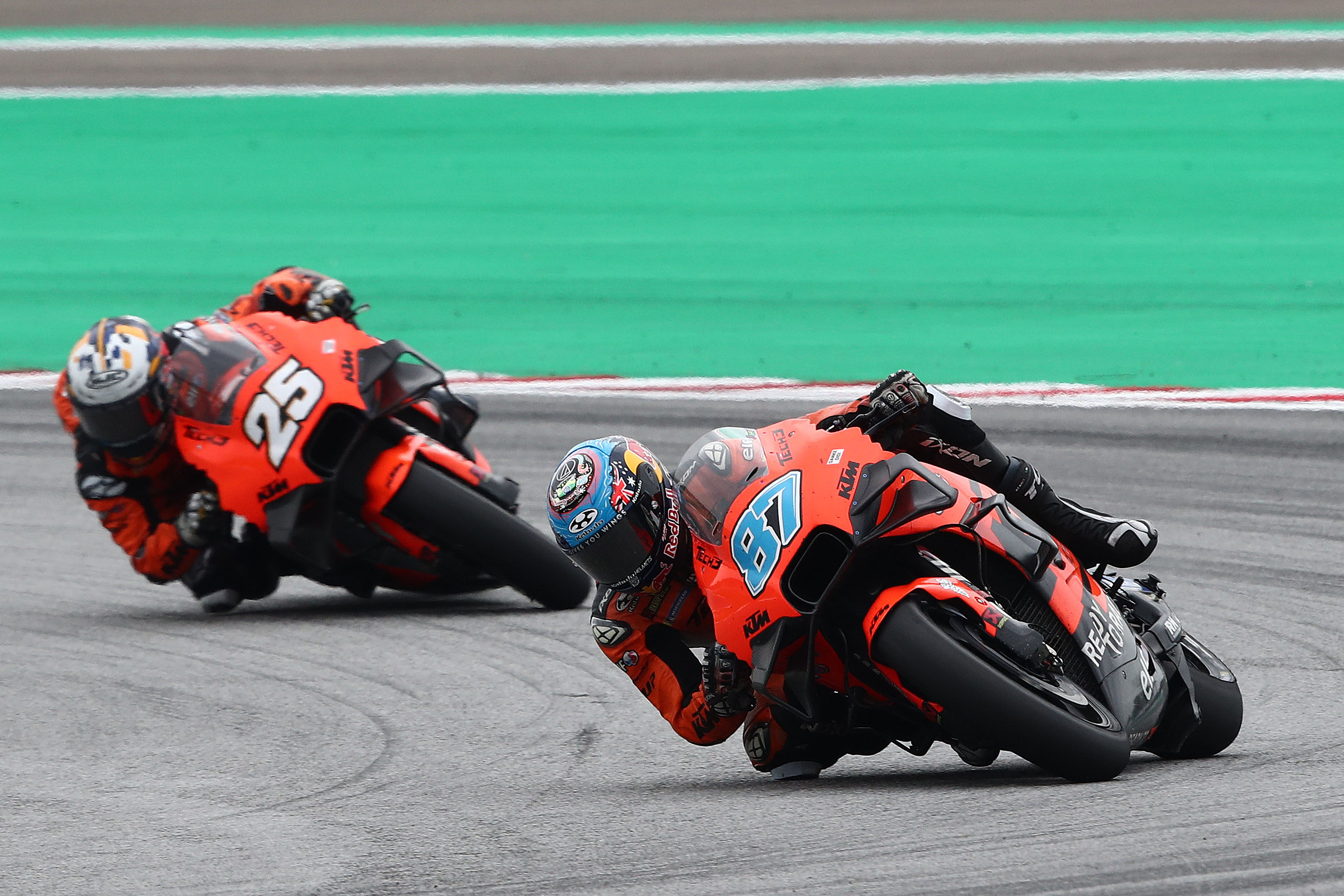
The pair’s duopoly over the Moto2 title battle in 2021 convinced KTM to make a full reset over at Tech3, a decision perfectly understandable at the time that nonetheless has now left Tech3 with just over half the combined points in 2022 that either Iker Lecuona or Danilo Petrucci scored by themselves the year prior.
Raul Fernandez was long regarded a wantaway and, despite a reasonably lively showing across off-season testing (at least until a bad crash), soon made his intentions to head for pastures anew clear to KTM.
Gardner, who spent much of testing injured, seemed to gather some early-season momentum and looked a shoo-in to be retained, only for things to fall apart behind the scenes and leave him World Superbike-bound.
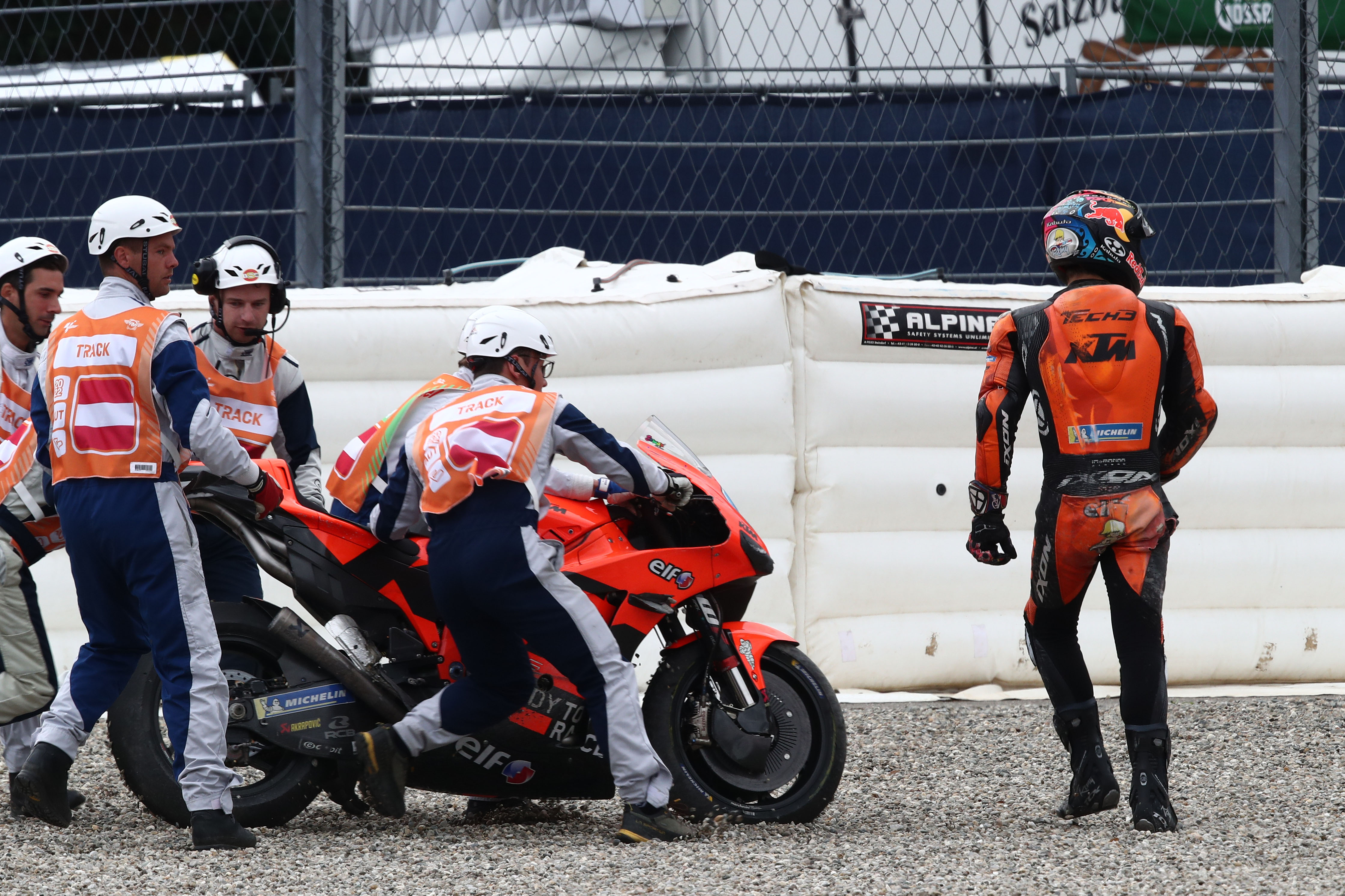
Success? No.
Given that the pair were supposed to challenge the works duo, it is telling that being within a couple of tenths of the lesser-performing KTM factory rider has come to represent a really good day.
It has been a frustrating season, one that Fernandez and, post-sacking, Gardner seemed to often take with what can charitably be interpreted as mental fortitude and uncharitably interpreted as indifference.
But Fernandez’s consternation at Sepang was telling – the Spaniard admitted he was perturbed to see that, at least over one lap, he basically made no progress relative to the pre-season. That looks an accurate claim and it looks to apply to Gardner too.
Fernandez will land on his feet with a ride at RNF Aprilia. Gardner’s destination – GRT Yamaha in World Superbike – is less prestigious but conducive to a lucrative factory career if he brings his A-game. And while impending rookie Augusto Fernandez is a question mark relative to the pair, Espargaro is bound to bring Tech3/Gas Gas an instant upgrade in terms of performance.
Darryn Binder at RNF Yamaha
Replaced: N/A
Being replaced by: Raul Fernandez

Binder’s MotoGP promotion was clearly circumstantial, linked heavily to backer Petronas leaving the previous iteration of the RNF team that consequently had to fold its Moto2 and Moto3 programmes and could only find a place for the contracted South African in the premier class.
His promotion from Moto3 straight to MotoGP raised many an eyebrow, Binder mimicking Miller’s jump a few years back but without the same level of Moto3 pedigree.
But it meant that, as long as he kept it clean, pressure in terms of pure performance wasn’t all that high, and Binder didn’t look out of place, as his 12 points and current third place among the five full-time 2022 rookies attest.
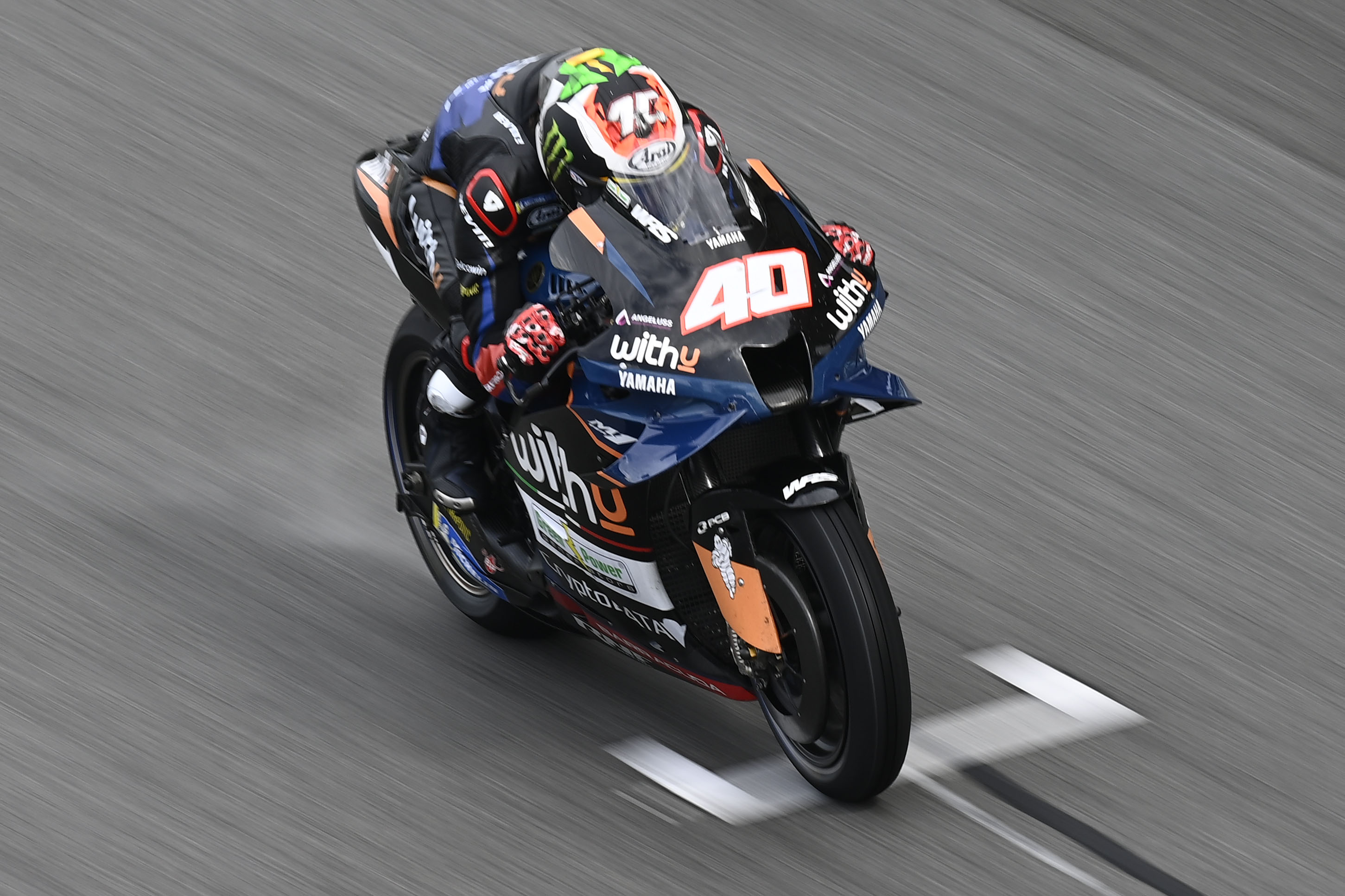
Success: Yes.
Binder didn’t do enough to make his MotoGP stay a no-brainer, but did do enough to at least stay in the conversation. He didn’t stack up too badly against his experienced RNF team-mates, raced incisively in the opening laps and looked capable in mixed conditions, but he also didn’t make massive progress in terms of pace and crashed at a fairly high rate, which was perhaps to be expected.
His reputation was ultimately improved, and the Husqvarna Moto2 ride for 2023 is a just reward. But you can also see why RNF and new partner Aprilia went after Fernandez in MotoGP for next year – even though Fernandez trails Binder in the standings right now, the other campaigns simply prove a bigger upside.
Suzuki
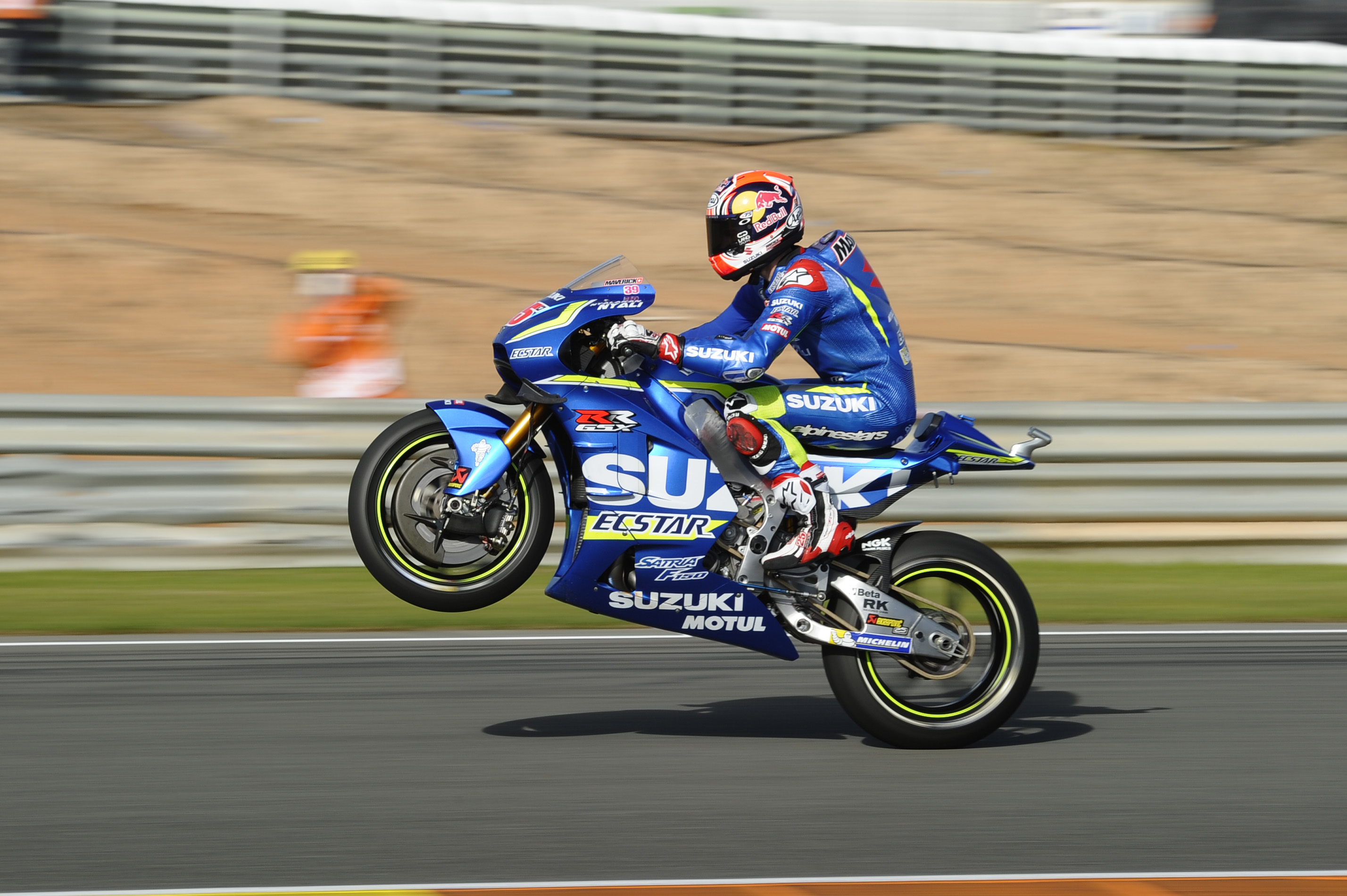
The current iteration of the Suzuki MotoGP programme has been a rollercoaster since coming in in 2015. It got a title and some phenomenal performances from a range of homegrown talent, but also unquestionable down years.
Plugging in Andrea Iannone to replace the Yamaha-poached Maverick Vinales was perhaps the sole obvious misstep (yet seemed sensible enough at the time), and that was ultimately overwritten with the masterstroke signing of Joan Mir after just a single Moto2 season.
The Suzuki GSX-RR has won only six times (if it signs off with a Valencia win, it will remarkably only tie the KTM RC-16) but it got great seasons out of Vinales, who is still yet to match his 2016 in Suzuki blue in terms of consistency of performance, Mir and Alex Rins.
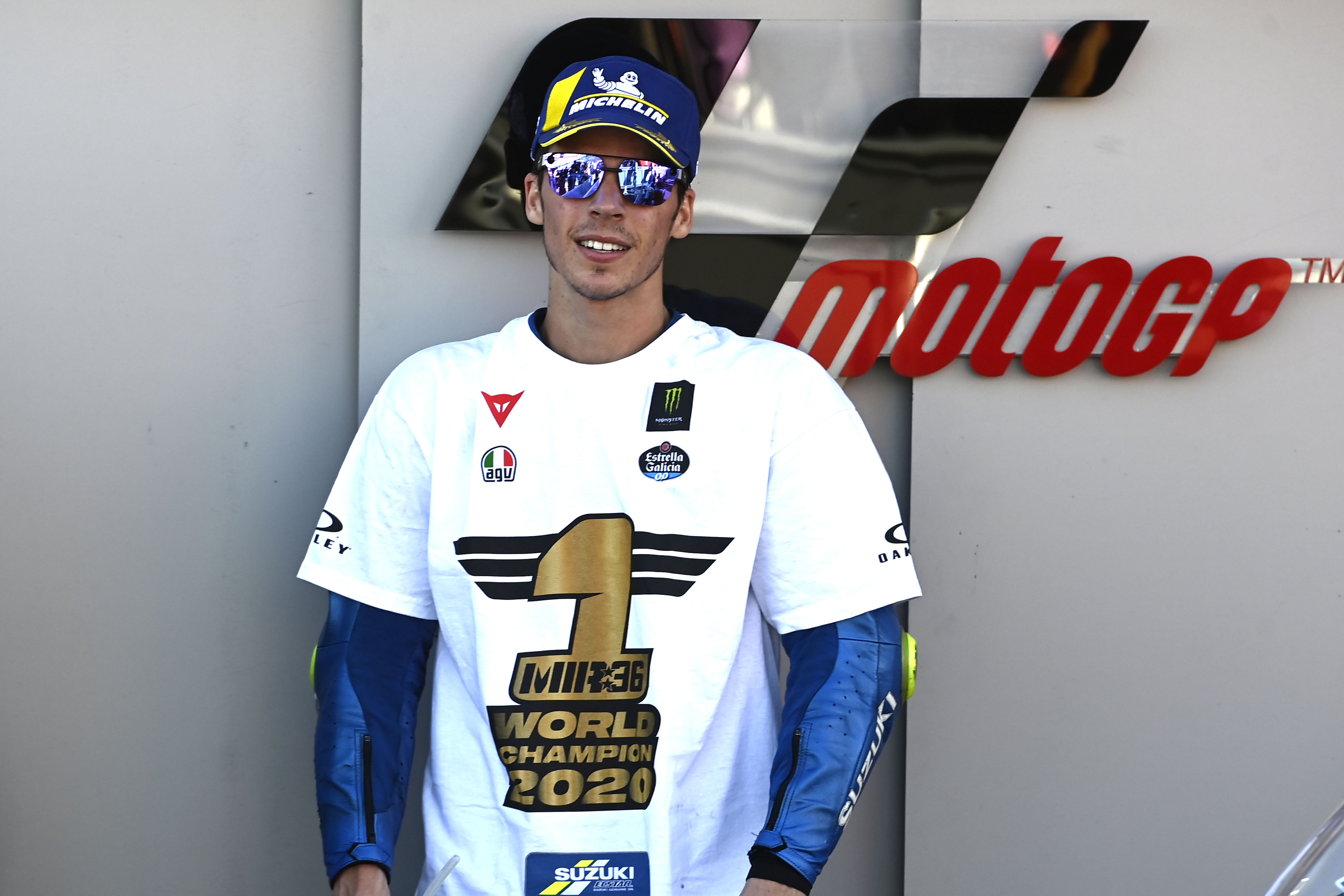
Success? Yes.
Only 2017 and 2022 have actively been disappointments, and Rins’s Phillip Island triumph last month may have washed away a decent chunk of the sour taste left by this current campaign.
It’s a ‘yes’ for Mir and Rins specifically, too. Mir leaves as a MotoGP champion and an elite rider, even if 2022 has been a mess, and Rins himself is on the very margins of elite territory. Both – Mir as a factory rider, Rins as an LCR rider – will be serious assets for Honda next year onwards.
RNF Yamaha
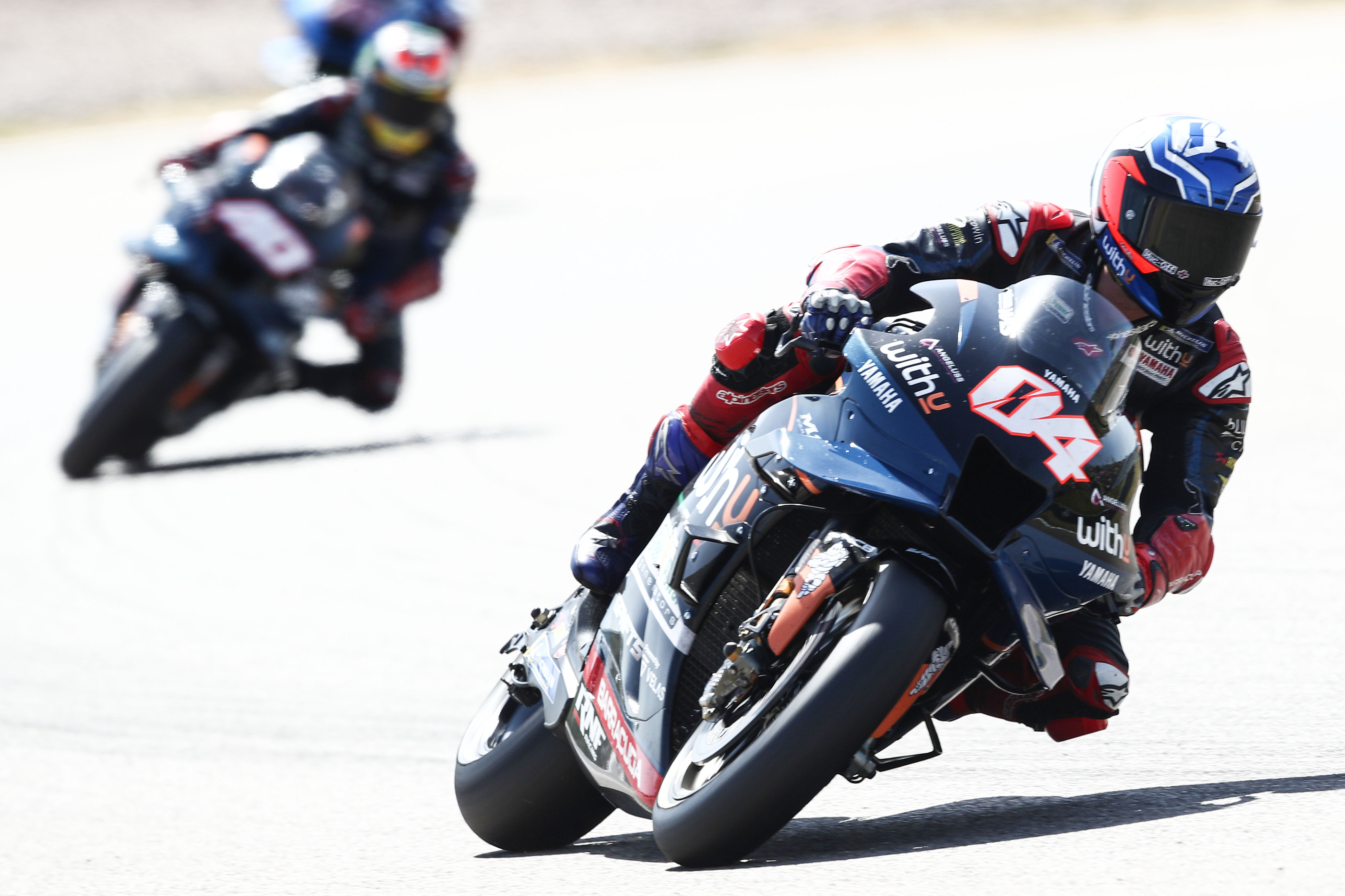
Legally speaking, WithU RNF Yamaha is a different team to Petronas SRT Yamaha, but it’s not a massive difficulty to trace the lineage.
And if you take it as one continuous story, it’s been very much riches-to-rags in terms of results, as the Razlan Razali-led operation(s) established itself as a worthy successor to Tech3 within the Yamaha MotoGP camp and then parlayed those initial successes into landing star names Valentino Rossi and Andrea Dovizioso, both of whom proceeded to really struggle.
SRT’s transformation into Petronas-less RNF meant Yamaha offered it just a one-year deal for 2022 as per policy regarding new entities – and it then opened the door for Aprilia to strike a deal, leaving Yamaha without satellite bikes on the grid for 2023.
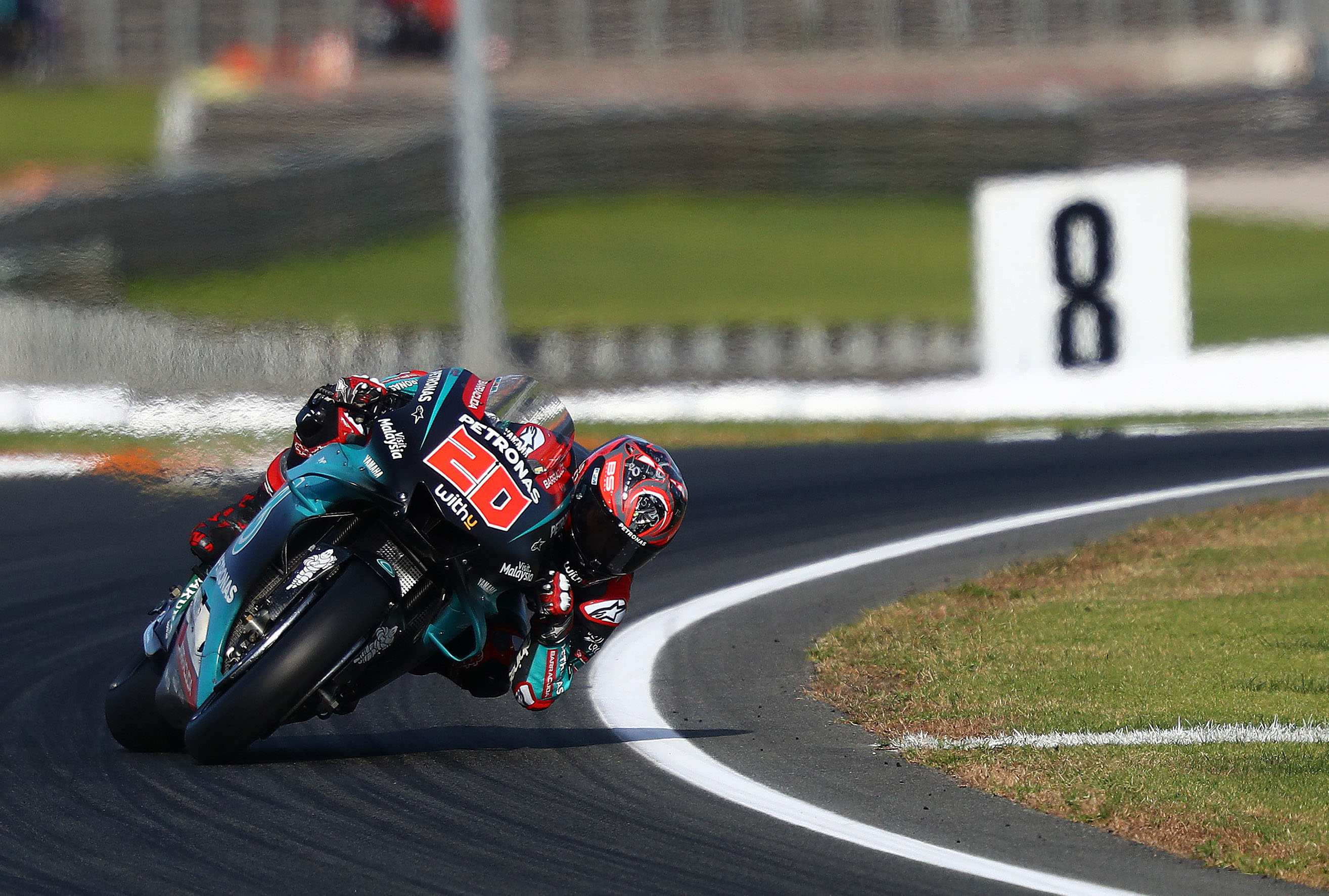
Success? Yes.
The last two years have been no good, but even in its current non-existent state Petronas Yamaha has the same amount of wins as Honda and Suzuki combined since 2020.
And for as long as Fabio Quartararo, plucked out of Moto2 by the team as a surprise left-field choice when it couldn’t land the likes of Jorge Lorenzo and Dani Pedrosa, continues doing the business for Yamaha, it can always remain a huge point of pride for those who played their part in this particular stint.




